
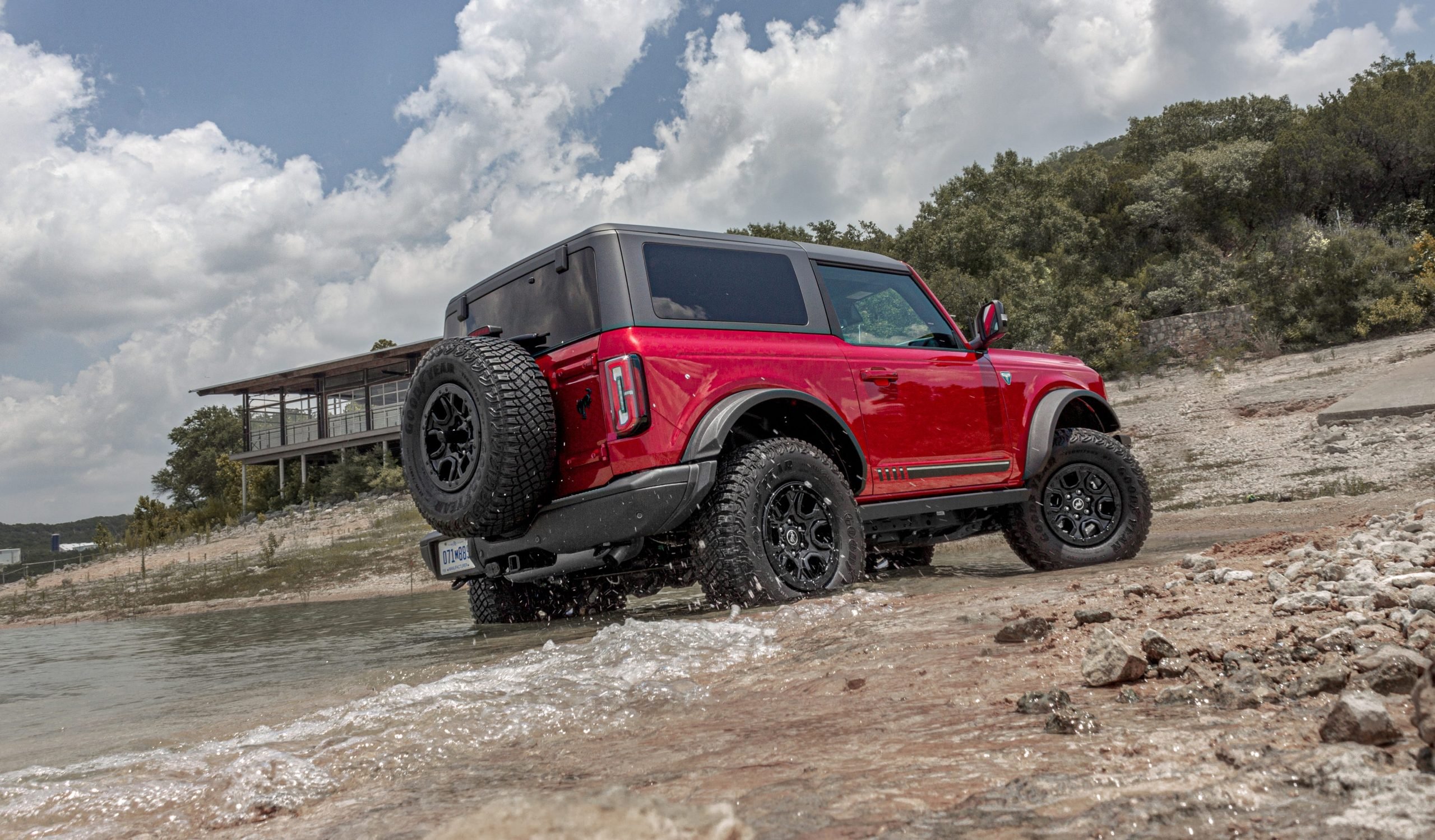
Alanis King
- After nearly three decades off of the car market, the Ford Bronco off-road SUV is back.
- It starts at $28,500 and its main competitor will be the Jeep Wrangler.
- We tested out the new Bronco on the road and off. It's just as iconic as ever.
- See more stories on Insider's business page.
Most automakers have an icon: the car everyone knows, bringing style and credibility to the rest of their lineup. The Miata tells the world Mazda is all about zoom-zoom, from its sports cars to its SUVs. The Wrangler reminds us how rough and tough Jeep is, from its four-by-fours to its front-wheel-drive crossovers. Corvettes – and by association, Chevrolet – basically spit American flags from their exhaust pipes.
The Ford Bronco is one of those icons, dormant from the car market for 25 years while the others lived on. But now it's back, and Ford made sure to keep it as iconic as ever.
The 2021 Ford Bronco: The return of a legend
Ford originally launched the Bronco in 1965 as a competitor to other utilitarian four-by-fours including the International Harvester Scout and Jeep CJ, a predecessor to the Wrangler. It had roots in military vehicles but was built for life on the road and off, with Ford marketing the first generation of the SUV as "equally at home on rugged mountain grades or on a run to the shopping center."
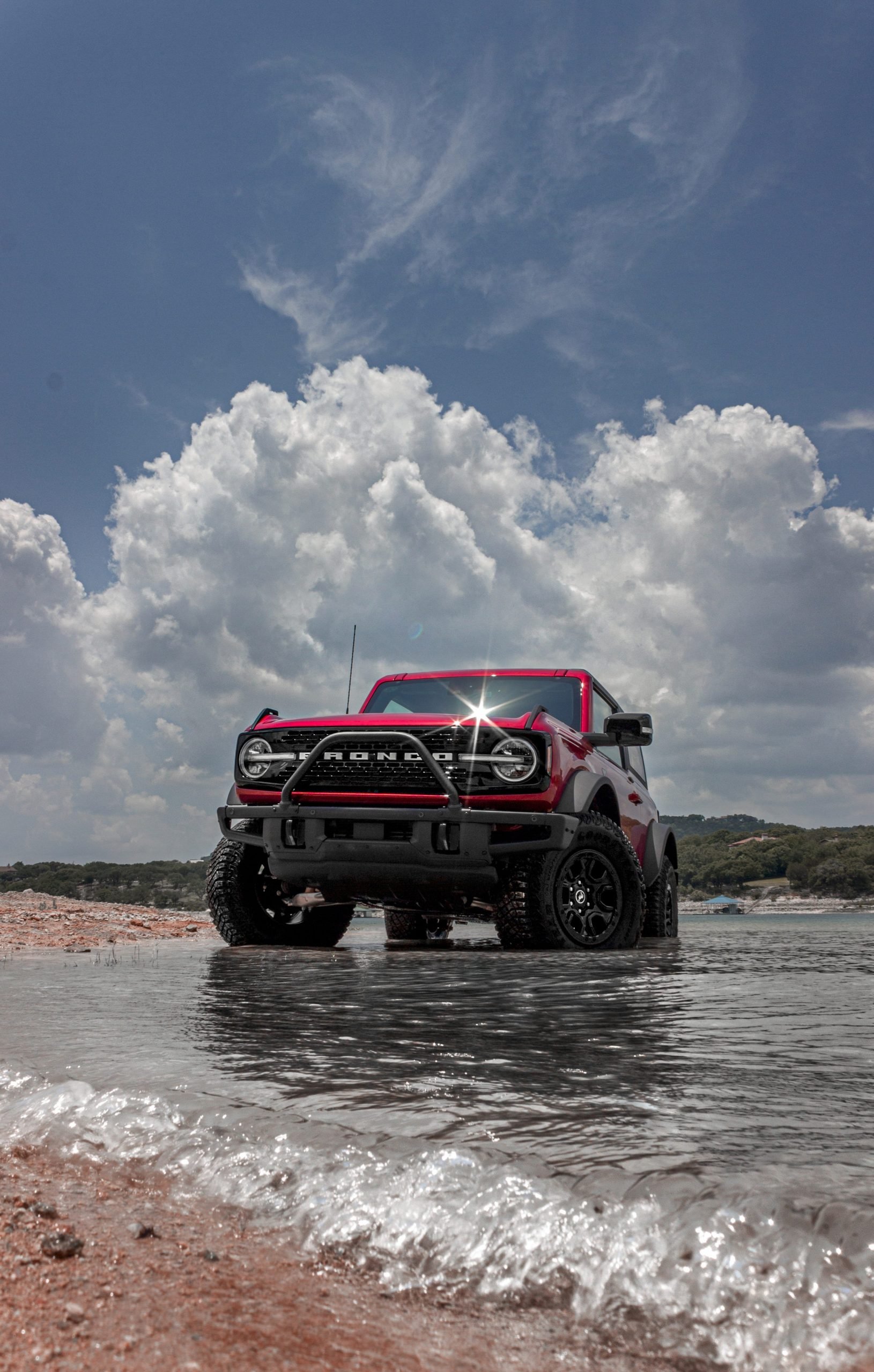
Alanis King
The first run of the Bronco lasted 31 years and five generations. Along the way, the model served as a Popemobile, weathered the oil crisis, and became a central figure in O.J. Simpson's infamous 1994 police chase in LA.
It also got a baby sibling aimed at the compact-SUV market, the Bronco II, which lasted about a decade and was based on the smaller Ford Ranger pickup. (The big Bronco was built on the F-150 platform at the time.)
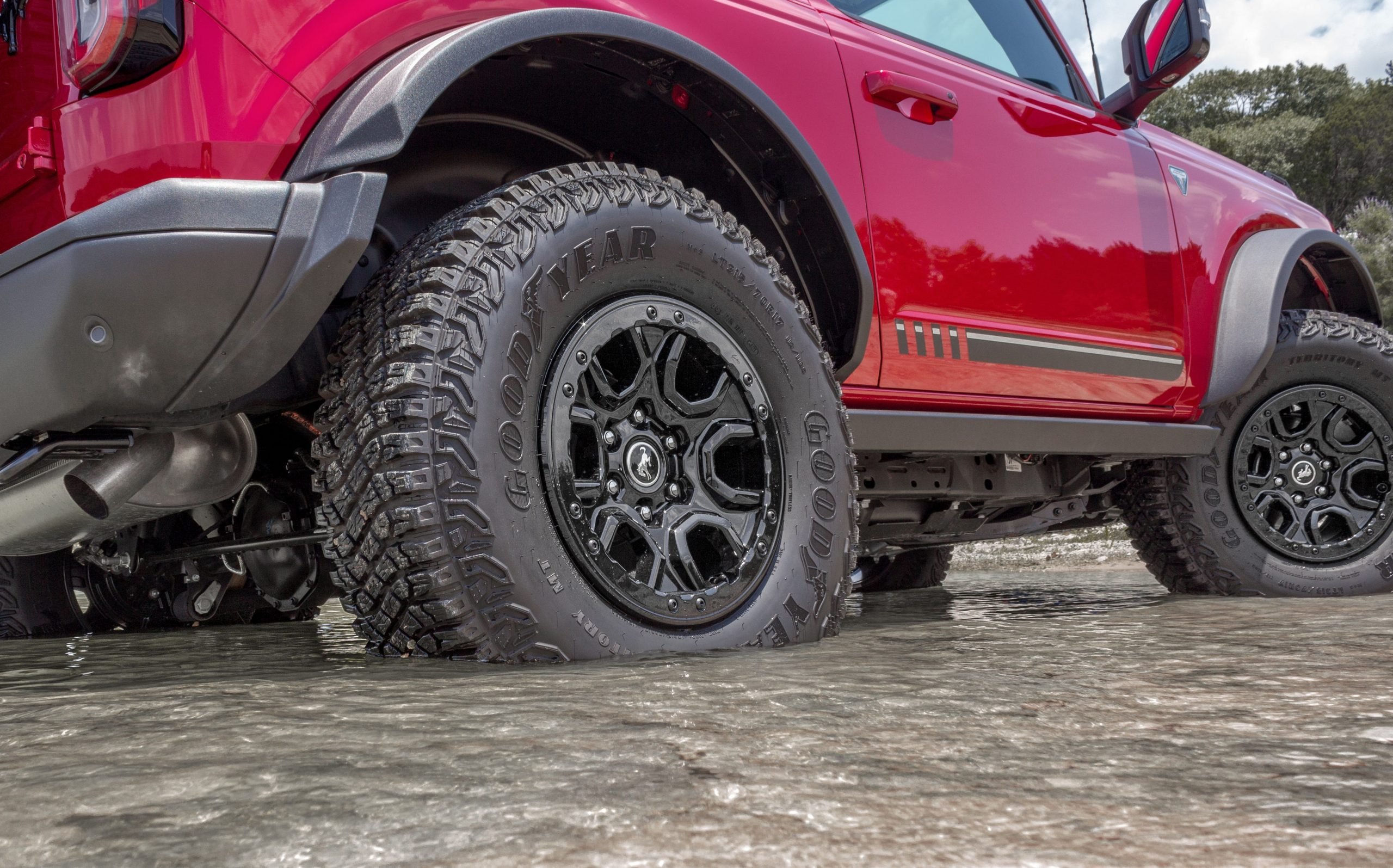
Alanis King
More than two decades after the big Bronco left the American car market in June 1996, Ford launched the new, sixth-generation Bronco SUV - an answer to not only the Wrangler, which has been somewhat lonely in the "hardcore off-roader" class for years, but also to a US market that can't get enough crossovers and SUVs.
Alongside it came the Bronco Sport, a modern-day smaller sibling to the Bronco.
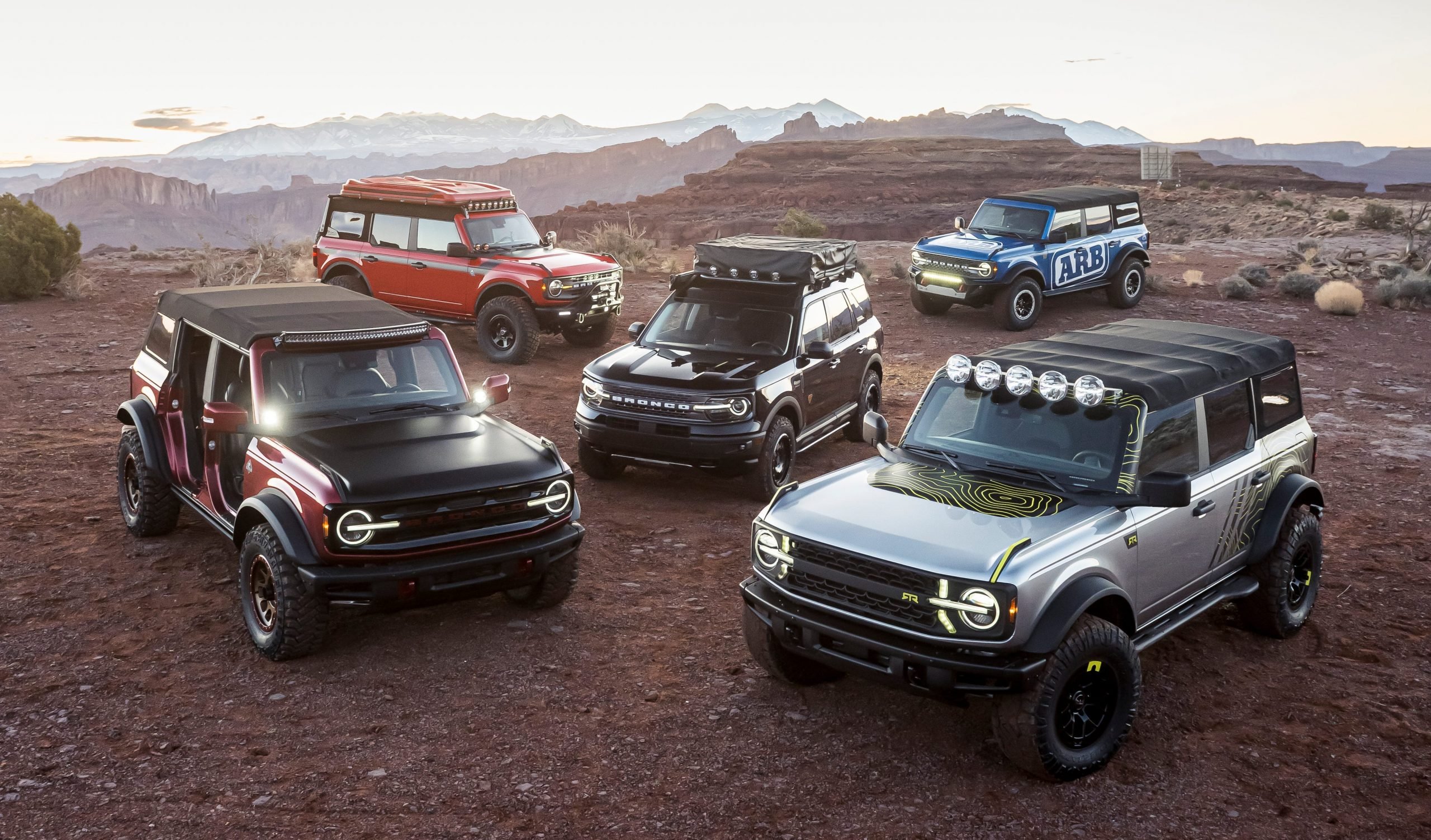
Ford
While the new Bronco and Bronco Sport models both fall under the "Bronco" brand and send power to all four wheels instead of just two, they're not the same vehicle. The new Bronco rides on a modified version of the Ford Ranger midsize-pickup platform, while the Bronco Sport shares one with the Escape crossover.
The details: Tons of trims and tons of accessories
The 2021 Bronco starts at $28,500 and ends just about nowhere. It comes in seven trims, which each give the choice of a two- or four-door model and endless customization options. Their base prices run as follows:
- Base: two-door ($28,500), four-door ($33,200)
- Big Bend: two-door ($33,385), four-door ($35,880)
- Black Diamond: two-door ($36,050), four-door ($38,545)
- Outer Banks: two-door ($38,955), four-door ($41,450)
- Badlands: two-door ($42,095), four-door ($44,590)
- Wildtrak: two-door ($46,980), four-door ($49,475)
- First Edition: two-door ($56,915), four-door ($61,110)
A four-cylinder EcoBoost engine making a claimed 270 horsepower and 310 pound-feet of torque is standard on the bottom five trims, while a twin-turbocharged V6 making 310 horsepower and 400 pound-feet of torque comes on the top two. Buyers can upgrade to the V6 no matter which of the bottom five trims they choose.
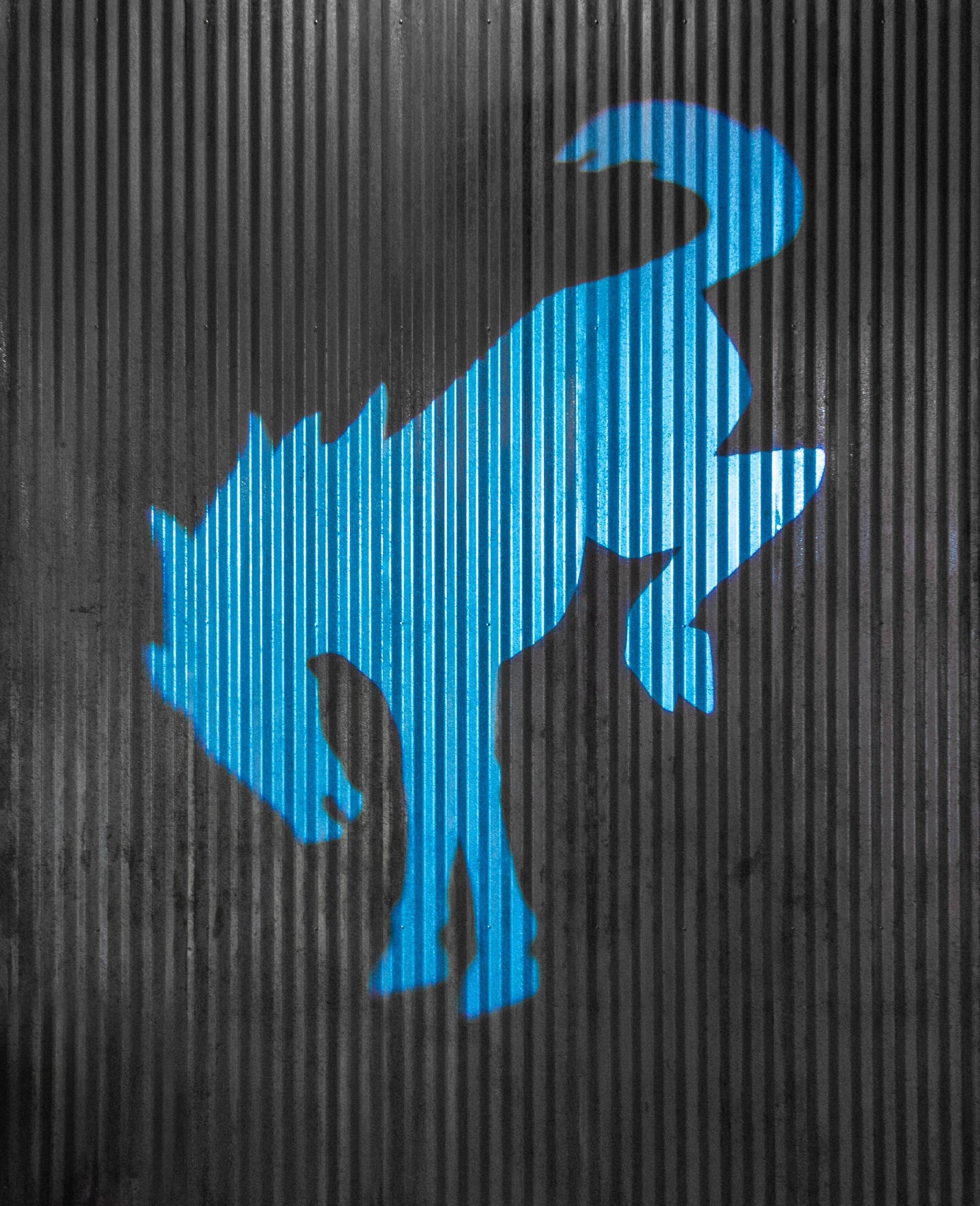
Alanis King
Ford offers two transmission choices: a 10-speed automatic with optional one-pedal driving, which means the car will slow down when you take your foot off the gas and can be used for off-roading, or a seven-speed manual with six forward gears and an off-road crawler gear.
If you hop into the online configurator to build a Bronco, the options list is massive. Here's a taste, from Ford:

Ford

Ford
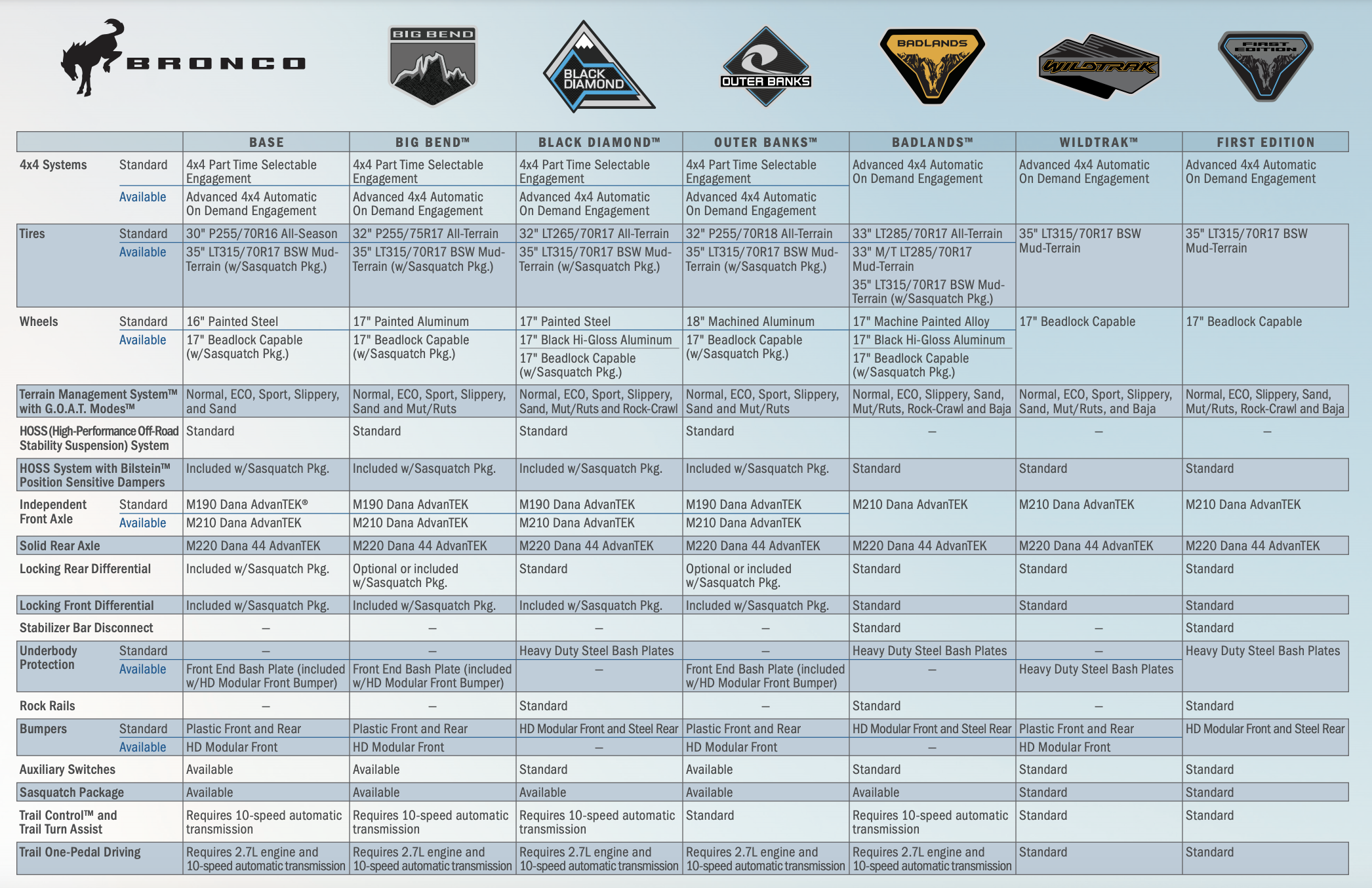
Ford
What's particularly notable is that no matter which trim a buyer chooses, they either receive or can upgrade to the Sasquatch package - an off-road treatment with 17-inch beadlock-capable wheels, 35-inch mud-terrain tires, locking front and rear differentials, more hardcore suspension, and other upgrades.
But that huge list of options from Ford is just the beginning. The Bronco catalog has roughly 200 accessories for purchase, with Ford partnering with three aftermarket suppliers to provide a whole selection of options for buyers as soon as they order their vehicle.
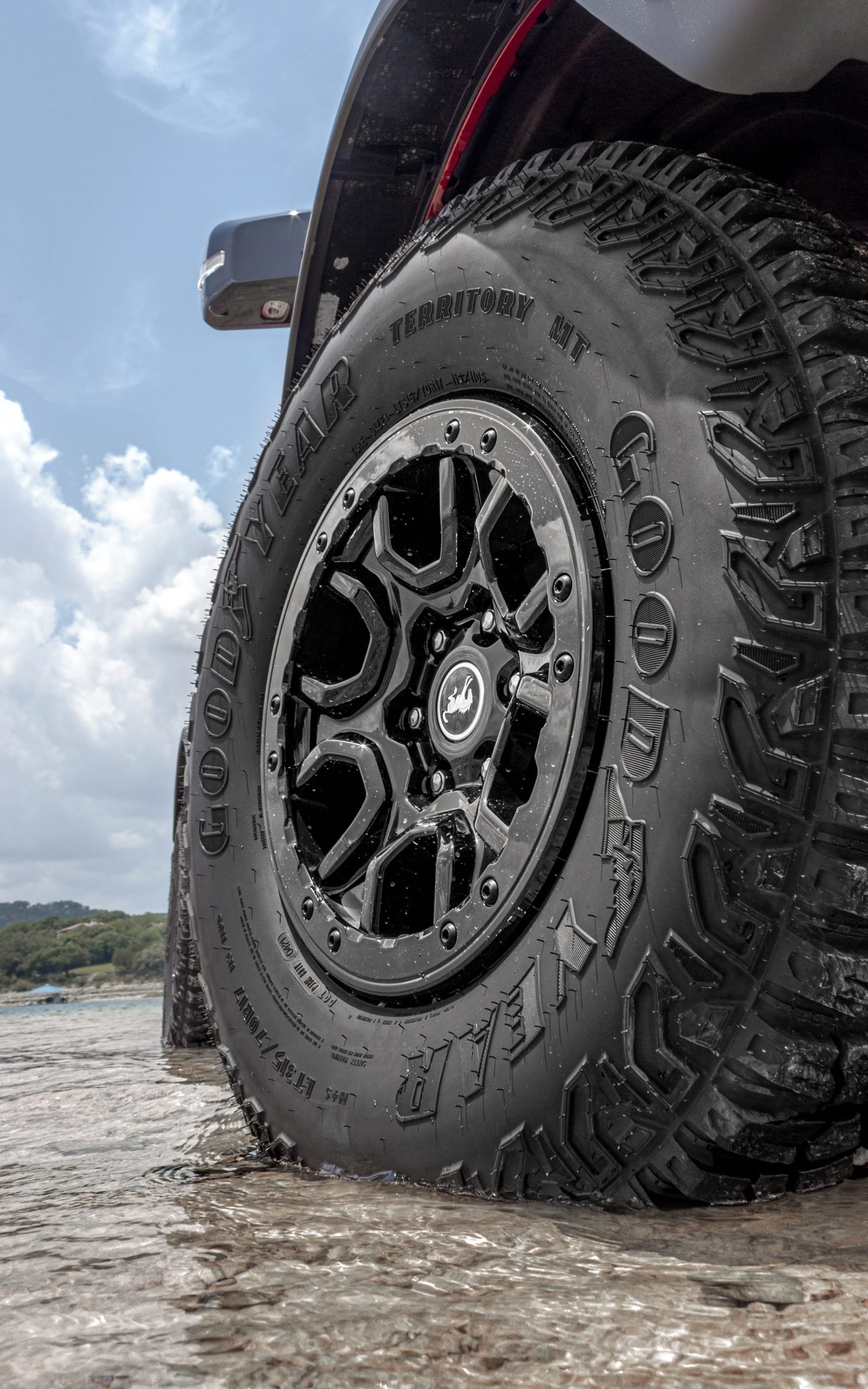
Alanis King
By teaming up with aftermarket suppliers, a Ford representative told Insider, buyers won't have to wait until the aftermarket gets its hands on Broncos to create the parts. More aftermarket parts will come with time, of course, but that just adds to the already long list of options.
It's like bottomless chips but for a vehicle. Bottomless Bronco parts, you could say.
On-road driving: Brutish force and hulking size
For the on-road part of this month's Bronco launch event, I picked out a red, two-door First Edition model: 10-speed automatic transmission, 310 horsepower, Sasquatch package, and the like. It came to $59,410 after $1,000 in options and $1,495 in fees.

Alanis King
Nothing quite prepares you for how big the Bronco feels in traffic on 35-inch tires. From the driver's seat, your peers aren't other cars or SUVs. Your peers are heavy-duty trucks, built up and out and up and out again.
As I sat at a stoplight in Austin, I felt like I could eat the white Volkswagen Atlas SUV in front of me. I felt like I could stomp on the Nissan Altima next to me. Sedans felt minuscule; other SUVs felt adolescent in growth. As vehicles in general continue to grow, towering over others in the Bronco is powerful but unnerving - a feeling of superiority tinged with a worry of just how big SUVs will get before we reel them in.
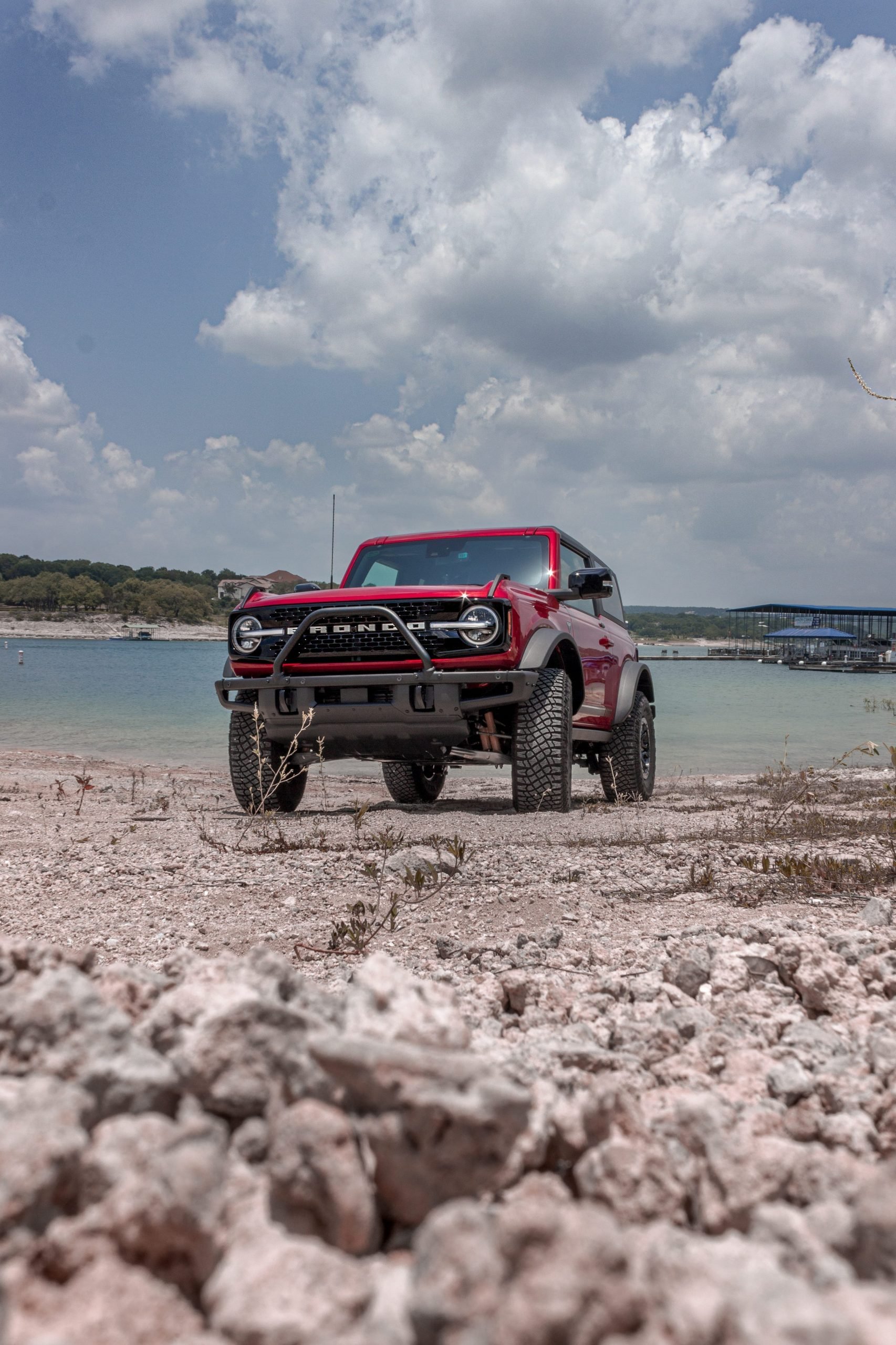
Alanis King
The Bronco feels purposefully brutish on the road and off. Its suspension absorbs ruts and impacts but doesn't insulate the driver from them. It feels strong and confident but not disconnected.
You buy a Bronco to be one with the terrain without letting its impact turn you into a nauseous bobblehead, not to forget the terrain is there in the first place. The same goes for rough roads.
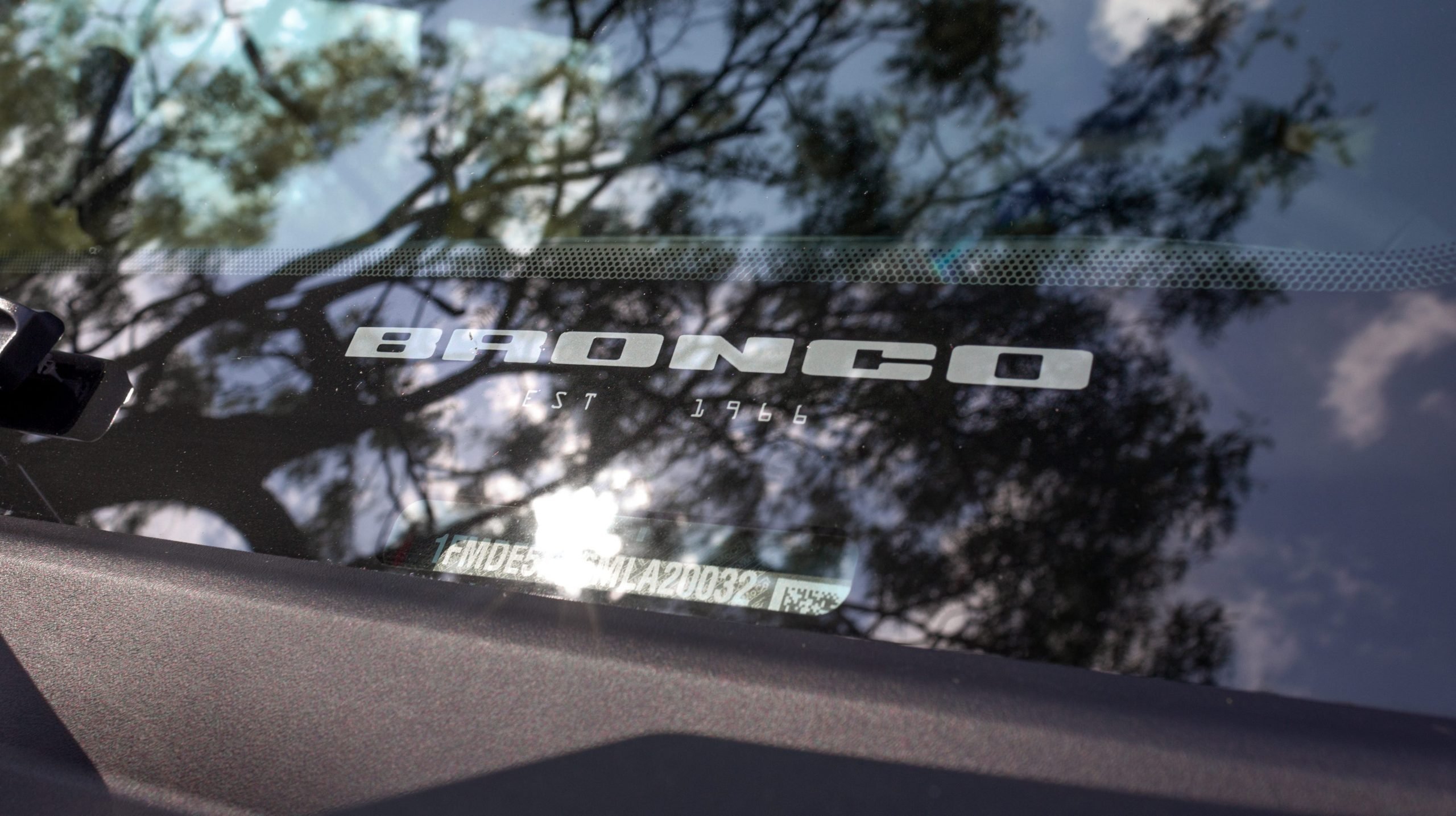
Alanis King
Acceleration from the Bronco's 310-horsepower V6 isn't fast - this is a roughly 5,000-pound SUV, remember, and horsepower is always relative to weight - but it is enough.
From inside the cabin, the V6 bronco sounds much like it feels: brutish and powerful.
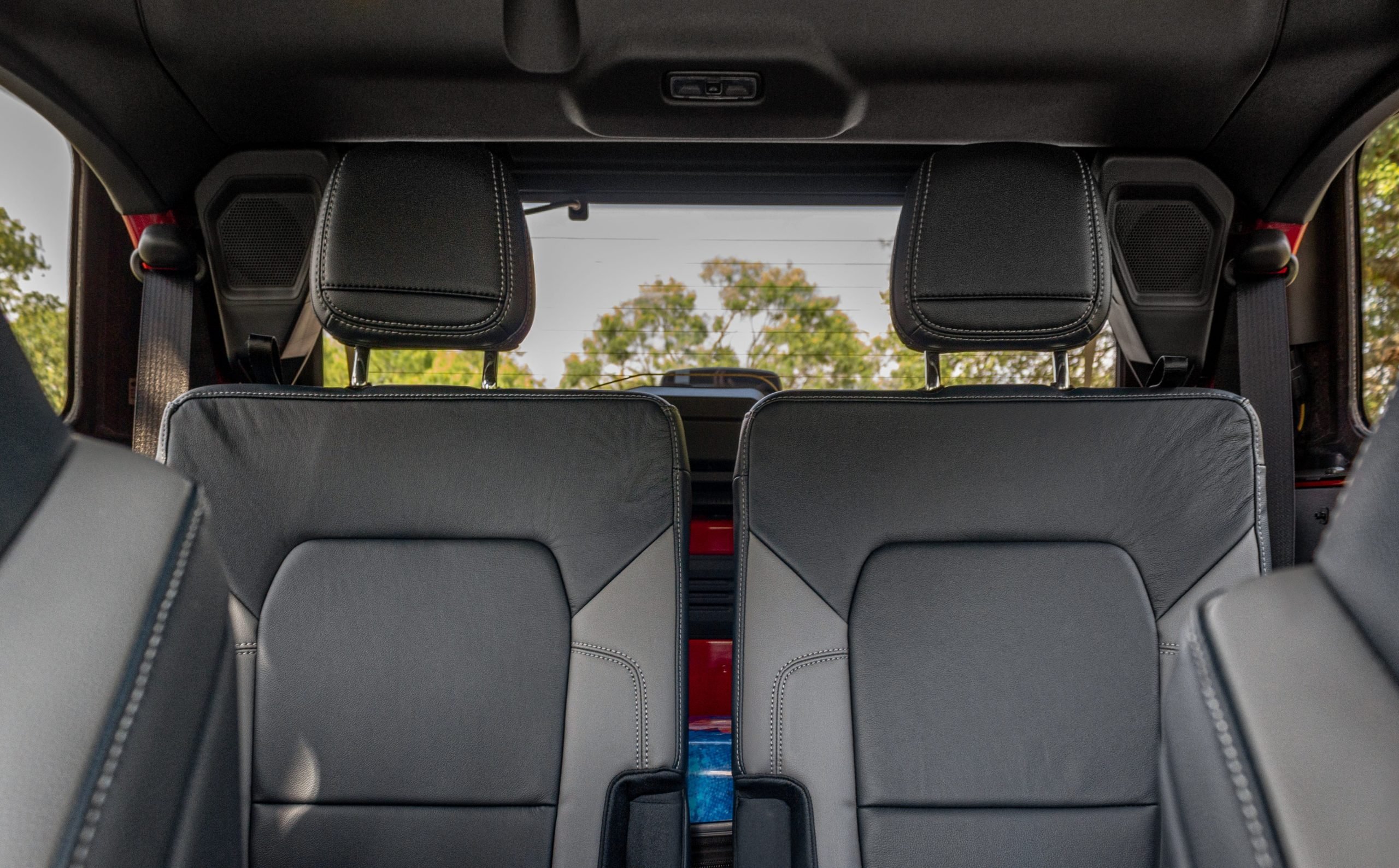
Alanis King
Logistically, back-seat passengers and cargo will be slightly more squeezed in the two-door Bronco than in the four-door one. Ford chopped from the rear to create the two-door model, placing the raised, stadium-style rear seats between the rear wheels instead of in front of them like in the four-door.
That means instead of a center armrest and cupholders, which the four-door Bronco has, rear passengers in the two-door Bronco will sit hip-to-hip and each have one cupholder to their outsides.
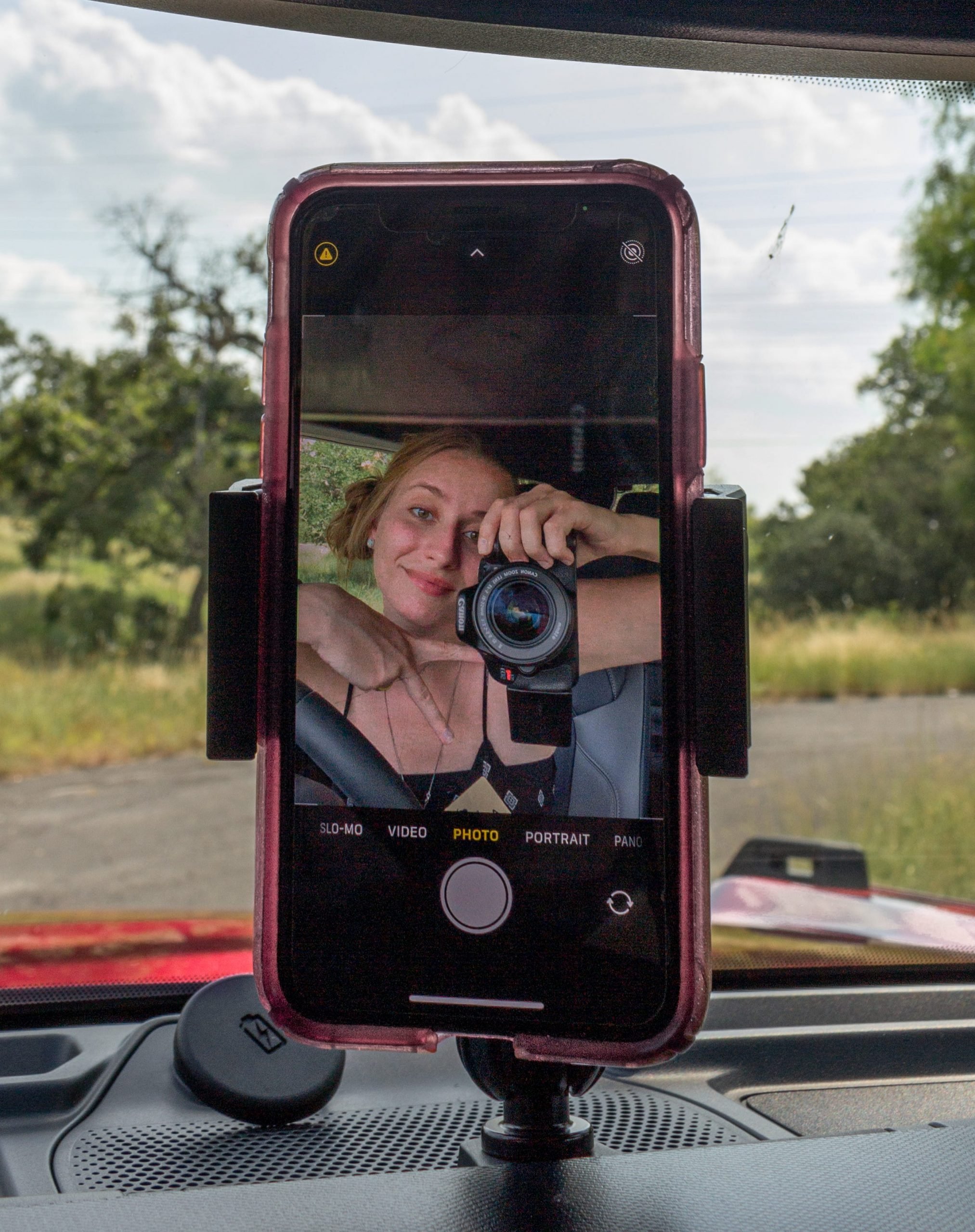
Alanis King
The First Edition Bronco's technology and infotainment setup (which includes a 12-inch center touchscreen instead of the standard eight-inch one) feel simple on the road, but in a utilitarian way: not cheap but sleek and durable, much like the rest of the materials inside and outside of the car.
Buyers can also get an interior dashboard mount for their phone or GoPro, complete with a charging point behind it so their cord doesn't have to run down in front of their infotainment screen.
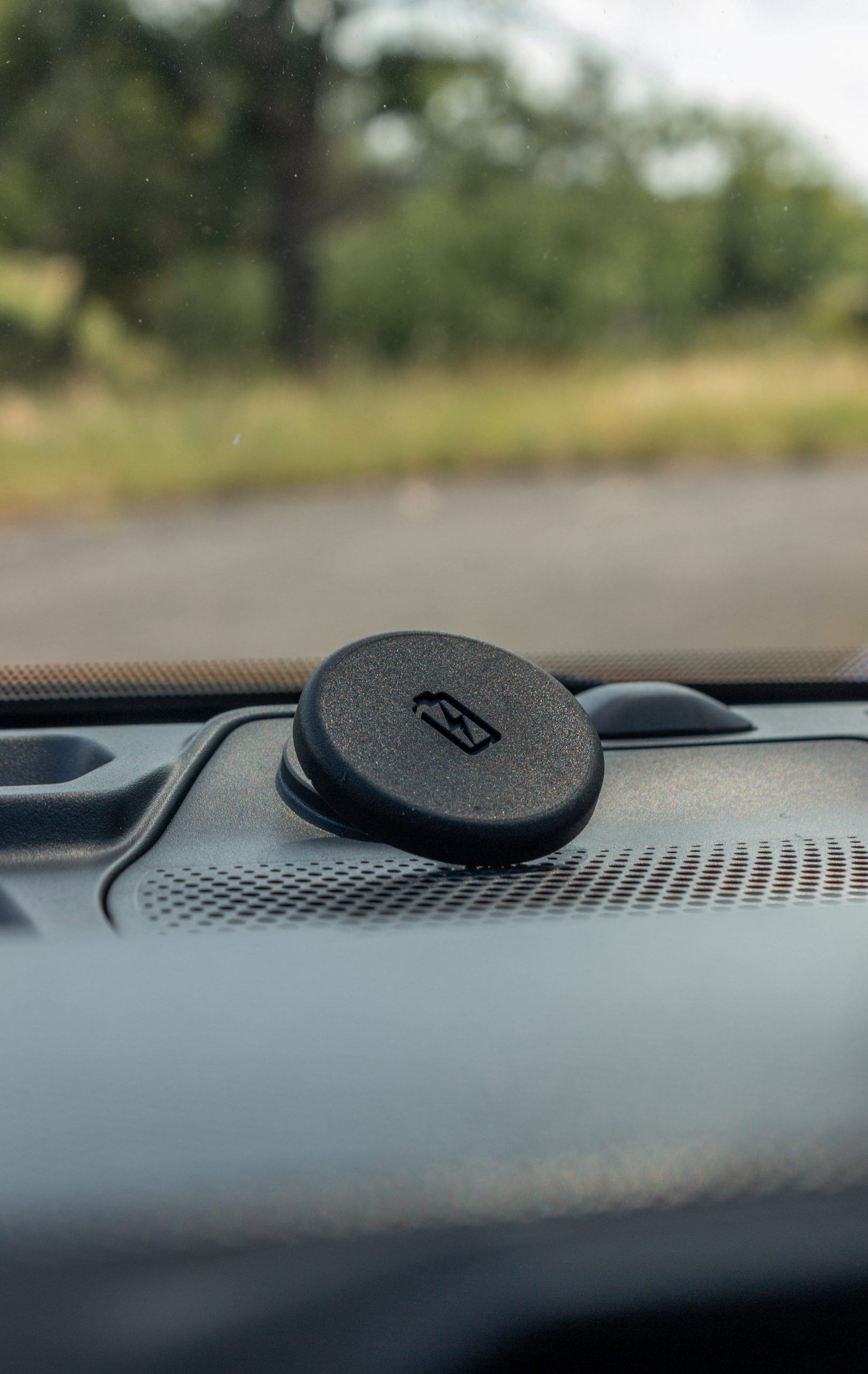
Alanis King
The only real disappointment I had in my two days with the Bronco was that no matter which model I was in, the wireless charging pad overheated my iPhone XS to the point that it needed to slow down to cool off. A literal hot potato to the touch, all for a few ticks of battery percentage.
But hey, there are always the old-school charging ports.
Off-road driving: The world is your playground
It's easy to make a vehicle suitable for all drivers on the road; that's what most rides are designed for. But where the Bronco really excels is making off-roading accessible to the novices and experts alike.
There's the FordPass app, which provides buyers with curated off-road trails and lets them share their own trips. But most importantly, there's the Bronco Off-Roadeo - an off-road experience provided to us at the Bronco's launch, which is available to all buyers of the 2021 Bronco as well as buyers of the Badlands and First Edition trims of the 2021 Bronco Sport.
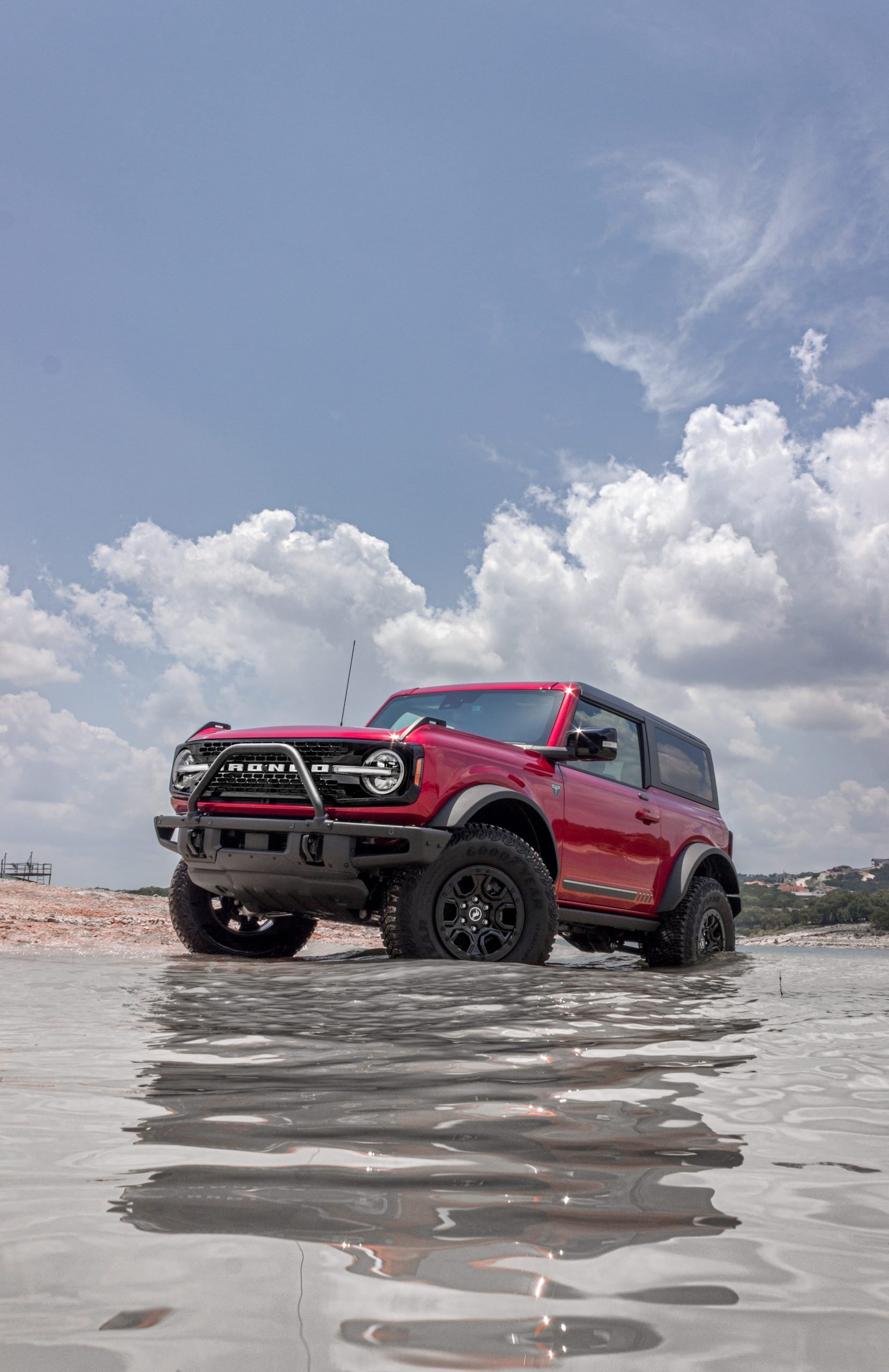
Alanis King
Those buyers get owner credits to register to attend the Off-Roadeo within one year of receiving their vehicle (travel and lodging not included), and locations include Texas, Nevada, Utah, and another to-be-named spot in the Northeast.
The Off-Roadeo takes participants on instructor-led trail drives that range from basic country terrain to water fording and rock crawling, all done in Ford-provided vehicles.

Alanis King
There are two ways to look at the Off-Roadeo. One is a mindset I default to: Why include a training camp in the price of a vehicle that not every vehicle buyer will use? The other is a mindset I settle on after thinking about it for a bit: In a car market saturated by extremely capable crossovers and SUVs, most of which won't ever see their full potential because buyers choose them for their size instead of their abilities, people need to see what their Bronco can do off-road even if they're not planning to use it that way.
This thing can crawl. It can climb.
It can traverse.
It can swim (33.5 inches of maximum water fording with tires 33 inches and larger, to be specific). It can contort itself in many more ways than most humans.
It would be a disservice to owners and disrespectful to the people who made the Bronco so capable to not coax drivers - both off-roaders and on-roaders - into getting hands-on experience with its capabilities, from climbing rocks so steep they only see the sky out of the windshield to hearing mud and streams slush under them with the Bronco's doors and roof removed.
-Alanis King (@alanisnking) June 25, 2021
Even if those buyers don't take their own Bronco off-road after attending the event, it's still incredible to watch and drive these vehicles as they handle such huge rocks and swim through such deep water. To see a human-made machine, Bronco or otherwise, handle such divinely rough terrain is a testament to how people have learned to maneuver and tackle the planet we live on, for better and for worse.
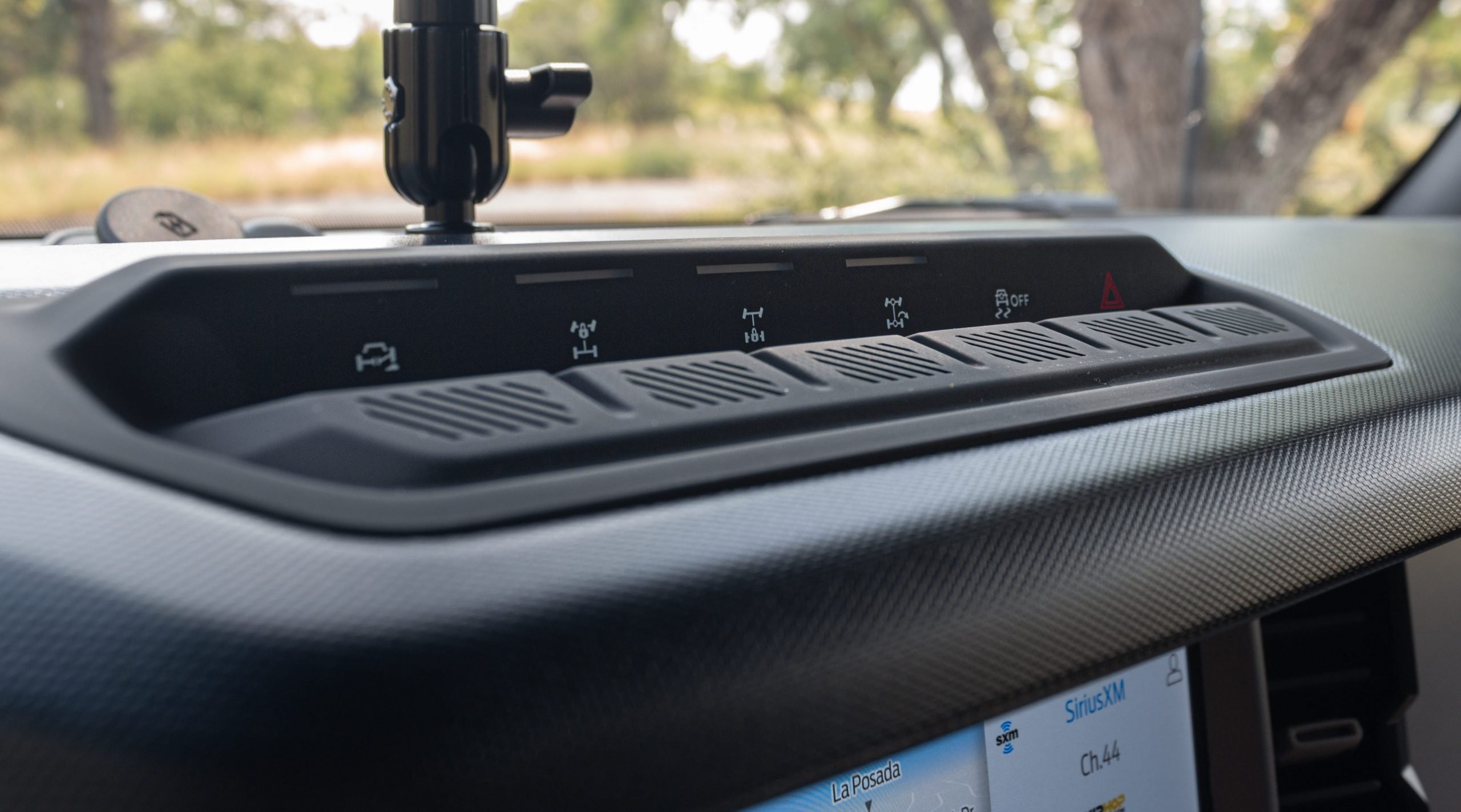
Alanis King
Then there are the Bronco's GOAT driving modes - the standard Eco, Sport, Normal, Slippery, and Sand/Snow, as well as the available Rock Crawl, Mud/Ruts, and Baja - allowing drivers to choose settings for on- and off-road driving even without having to know what traditional off-road settings mean.
Instead of picking specific drive settings before crawling up a rock, for example, you can just turn your dial to "Rock Crawl" and the Bronco will do most of the work for you.
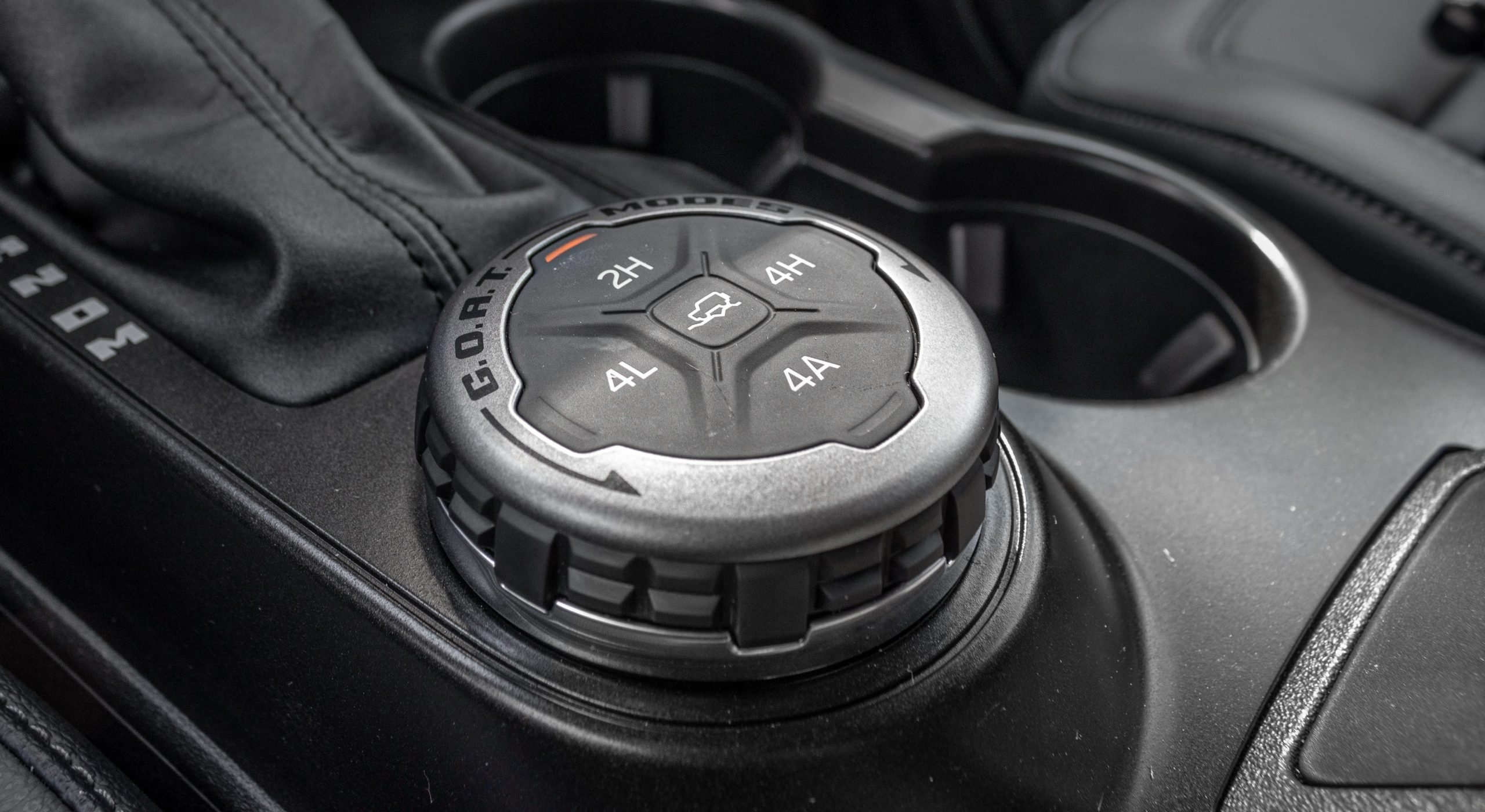
Alanis King
Plus, you can see the rocks, mud, water, and other terrain below and around you on a camera feed with the Bronco's optional 12-inch infotainment screen. It's like watching a nature documentary you're also starring in.
Our impressions: An icon lives up to the hype
True greatness - the Miata's meticulously crafted zoom-zoom, the Corvette's pure American muscle, the Wrangler's decades of off-road aptitude - can still be numbing when we see it every day.
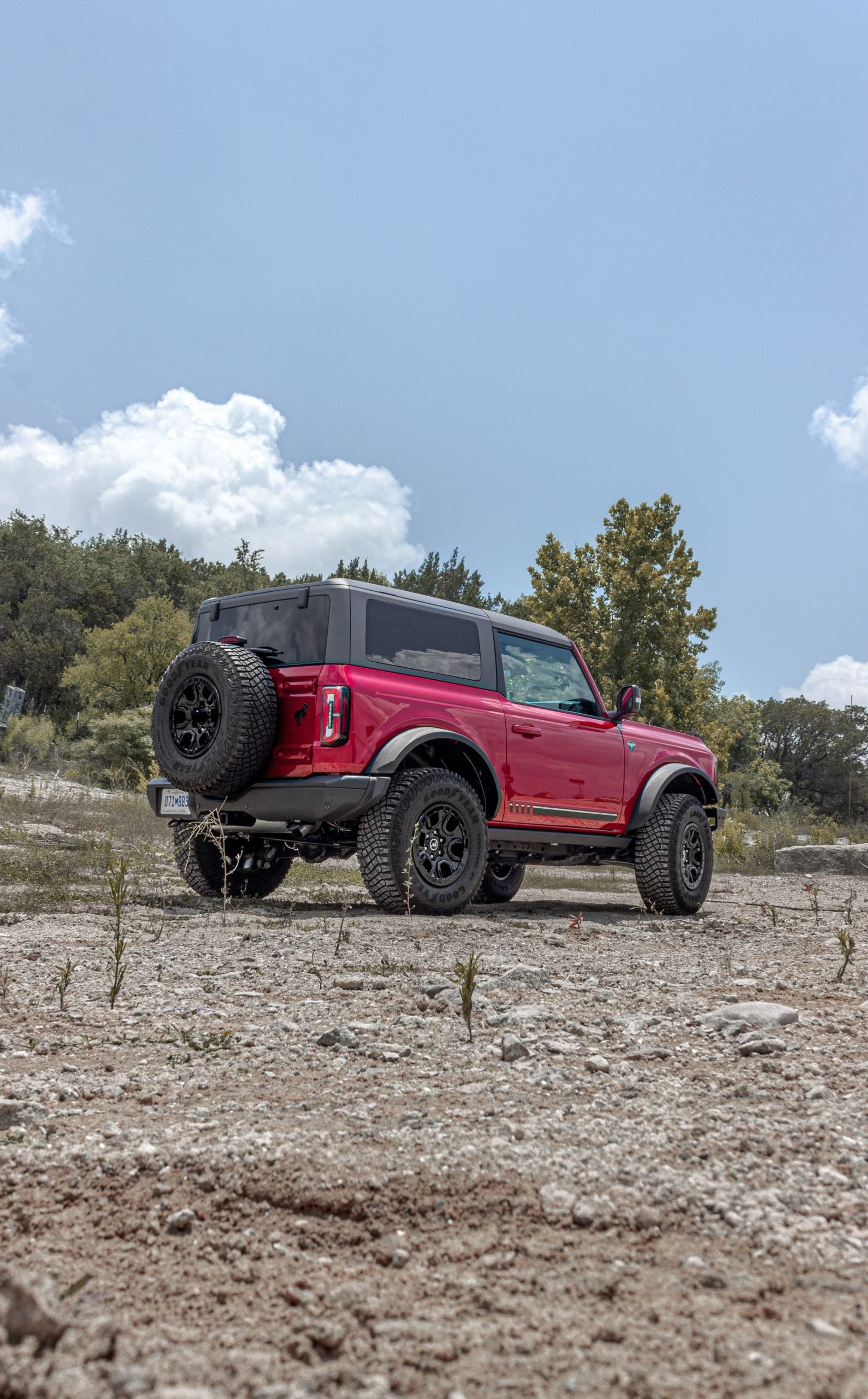
Alanis King
Allowing the Bronco to rest peacefully for 25 years before its flashy, triumphant return reminded me that if we're to appreciate greatness, we have to remember that it could disappear at any moment. We have to continually make it new again. We can't let it make us numb.
The new Bronco is an off-road icon with the digestibility of an everyday vehicle, and it's back to remind us of that. We should enjoy it to its fullest.
♦♦♦
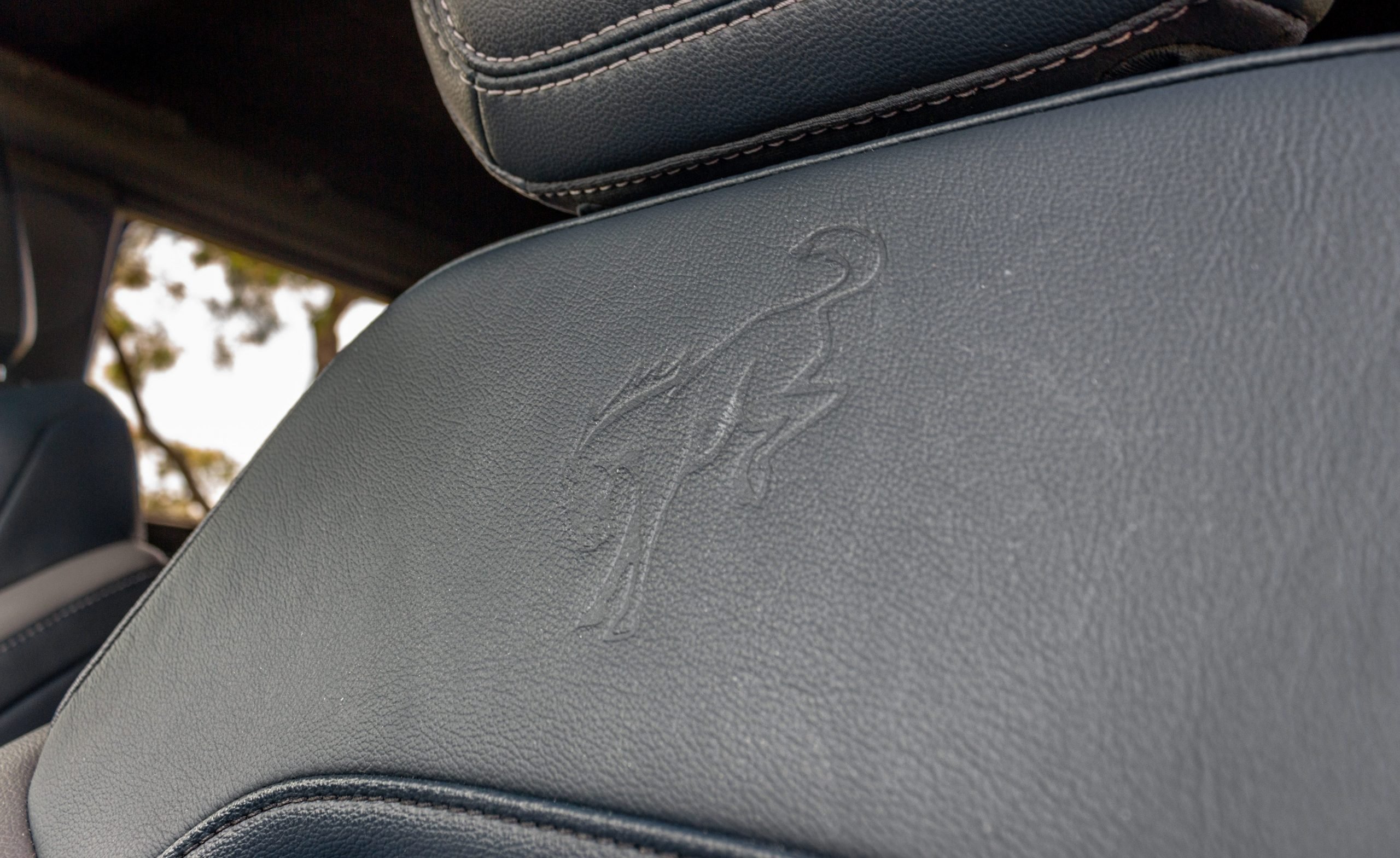
Alanis King
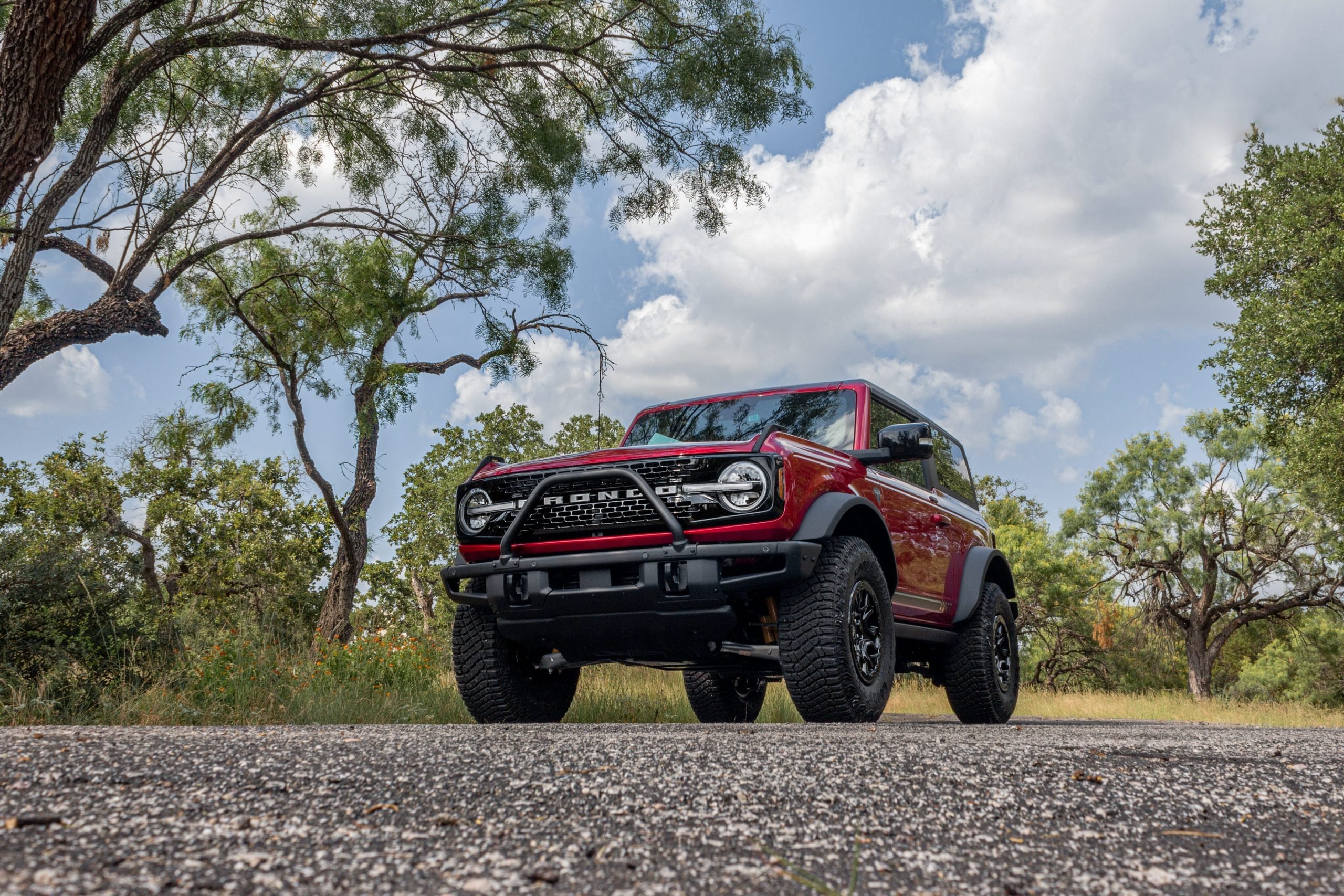
Alanis King

Alanis King
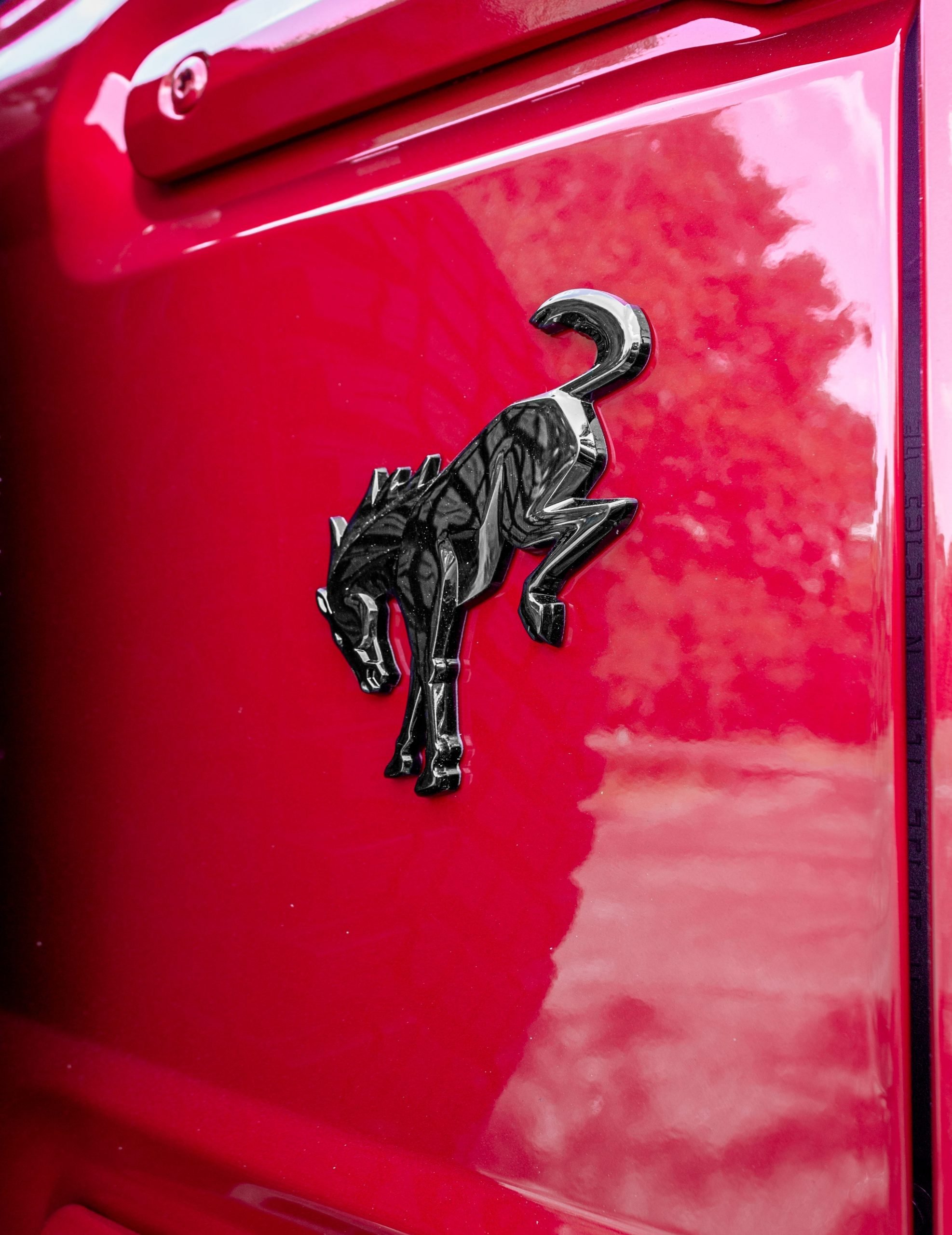
Alanis King
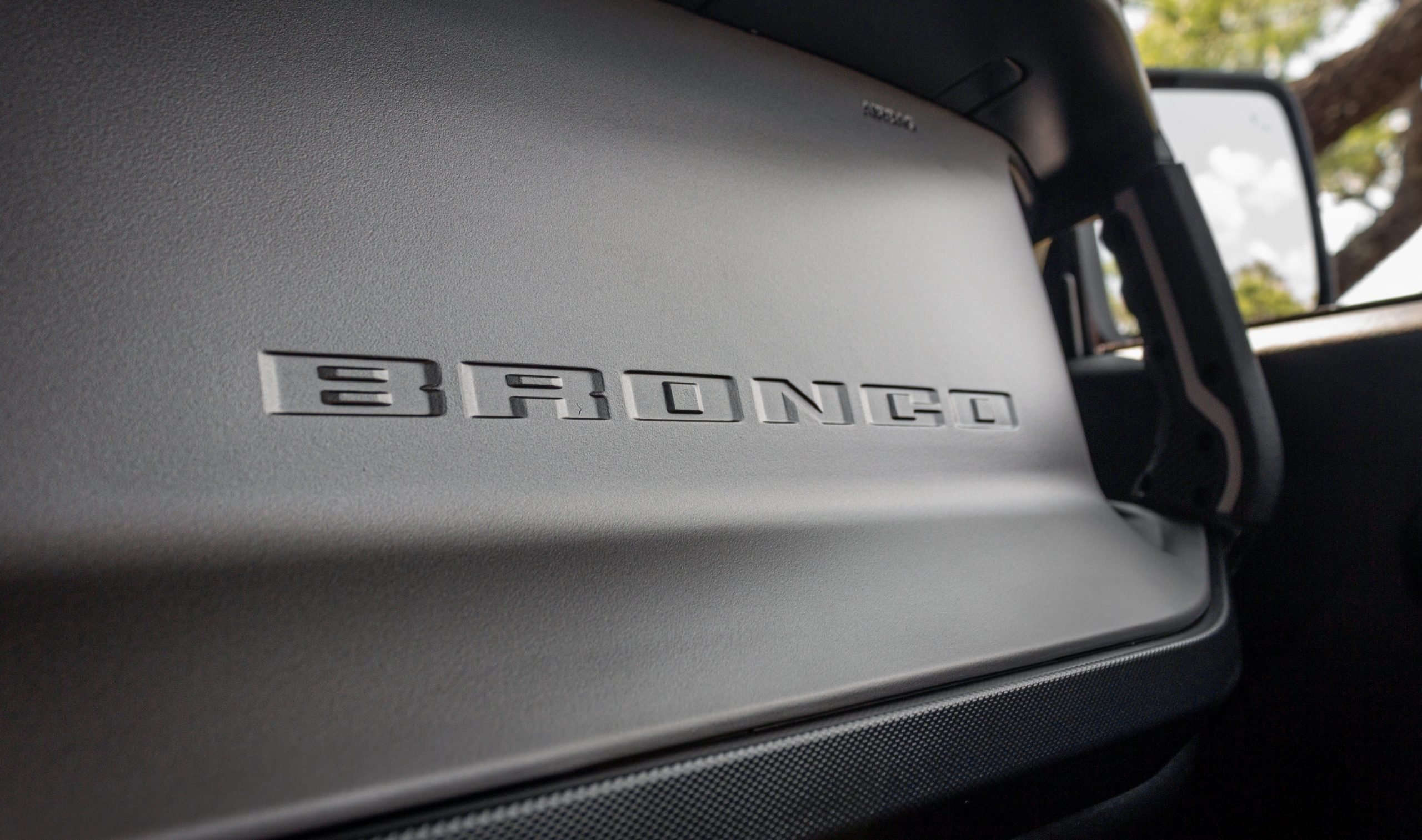
Alanis King
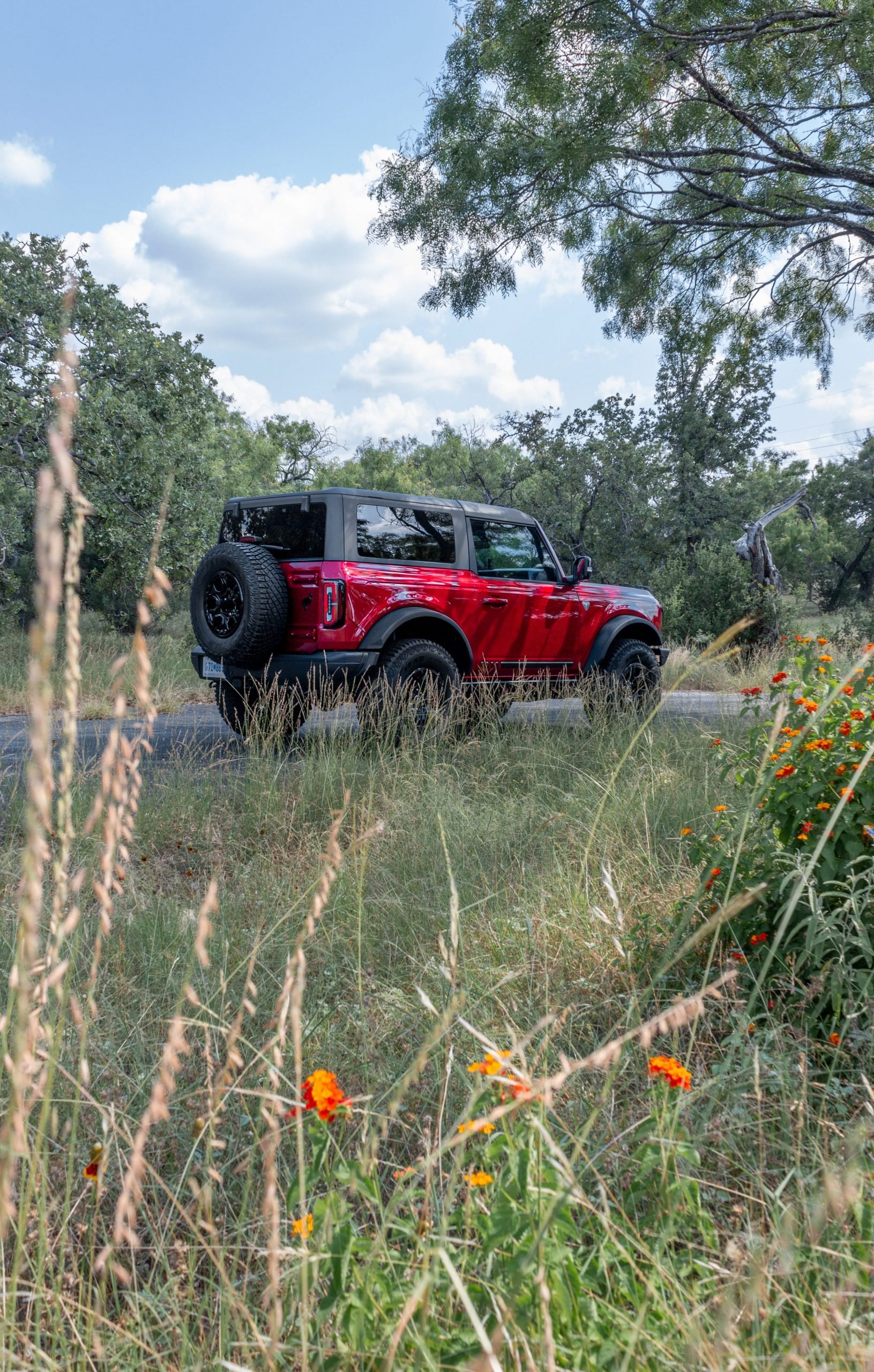
Alanis King
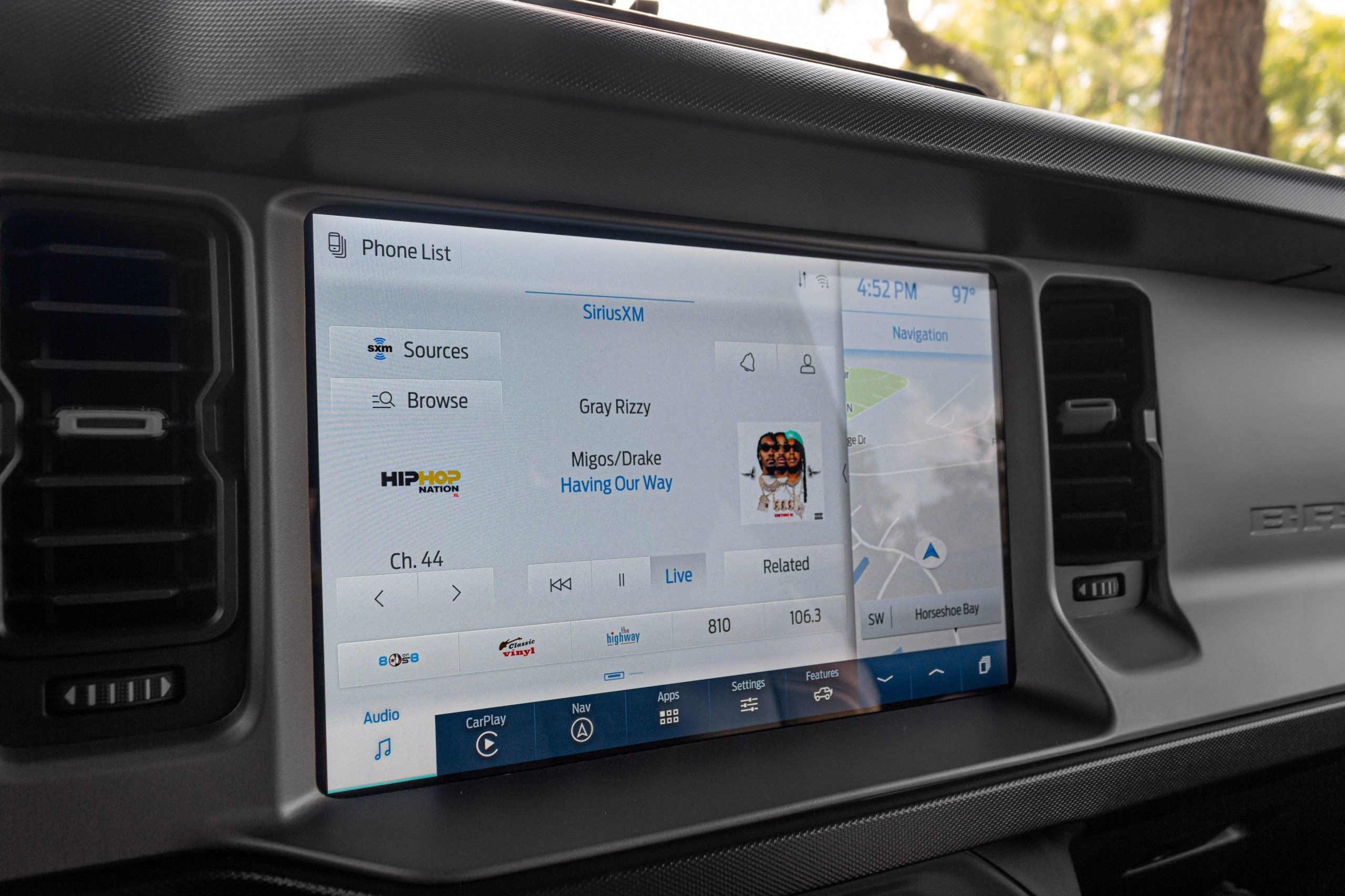
Alanis King
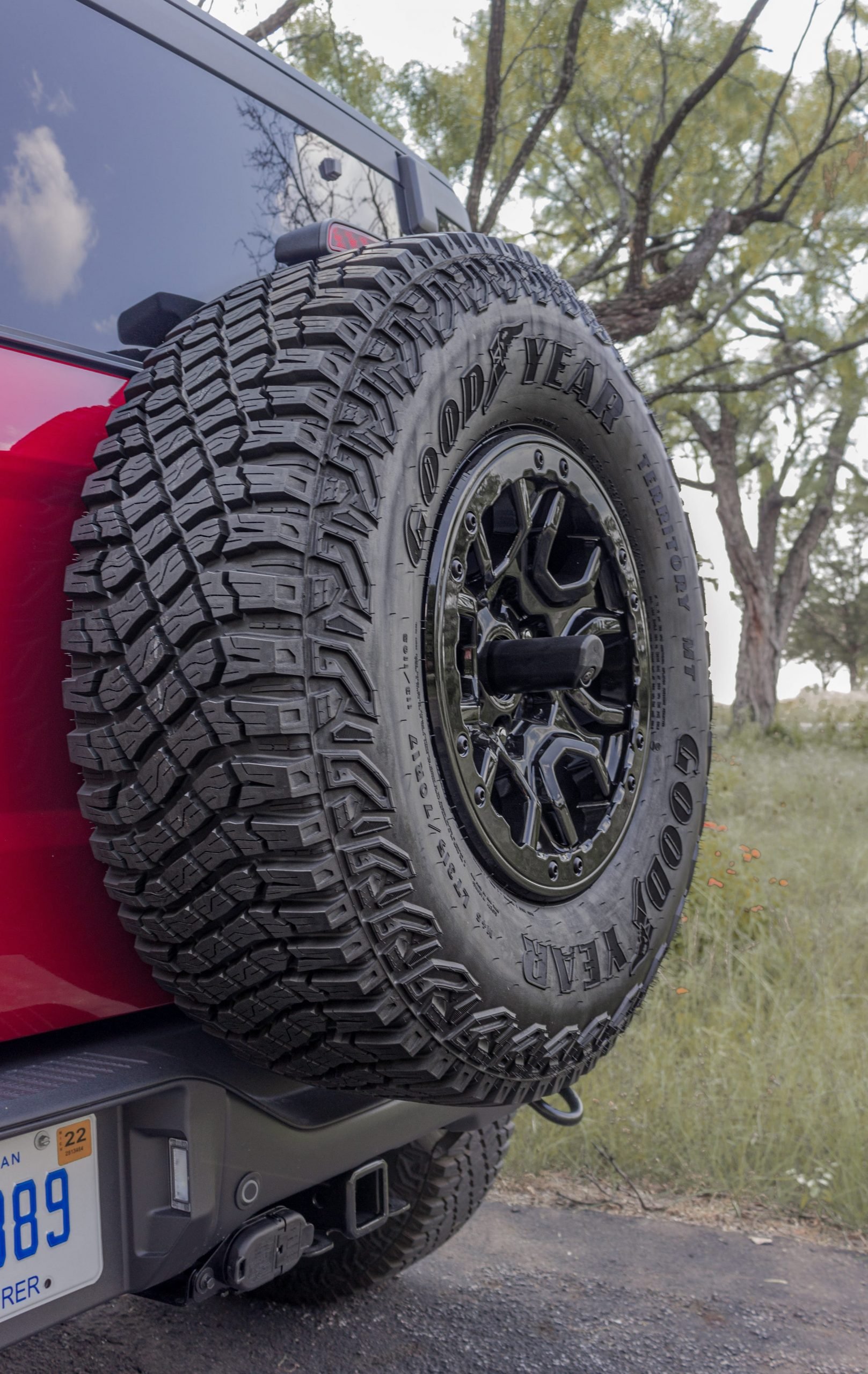
Alanis King
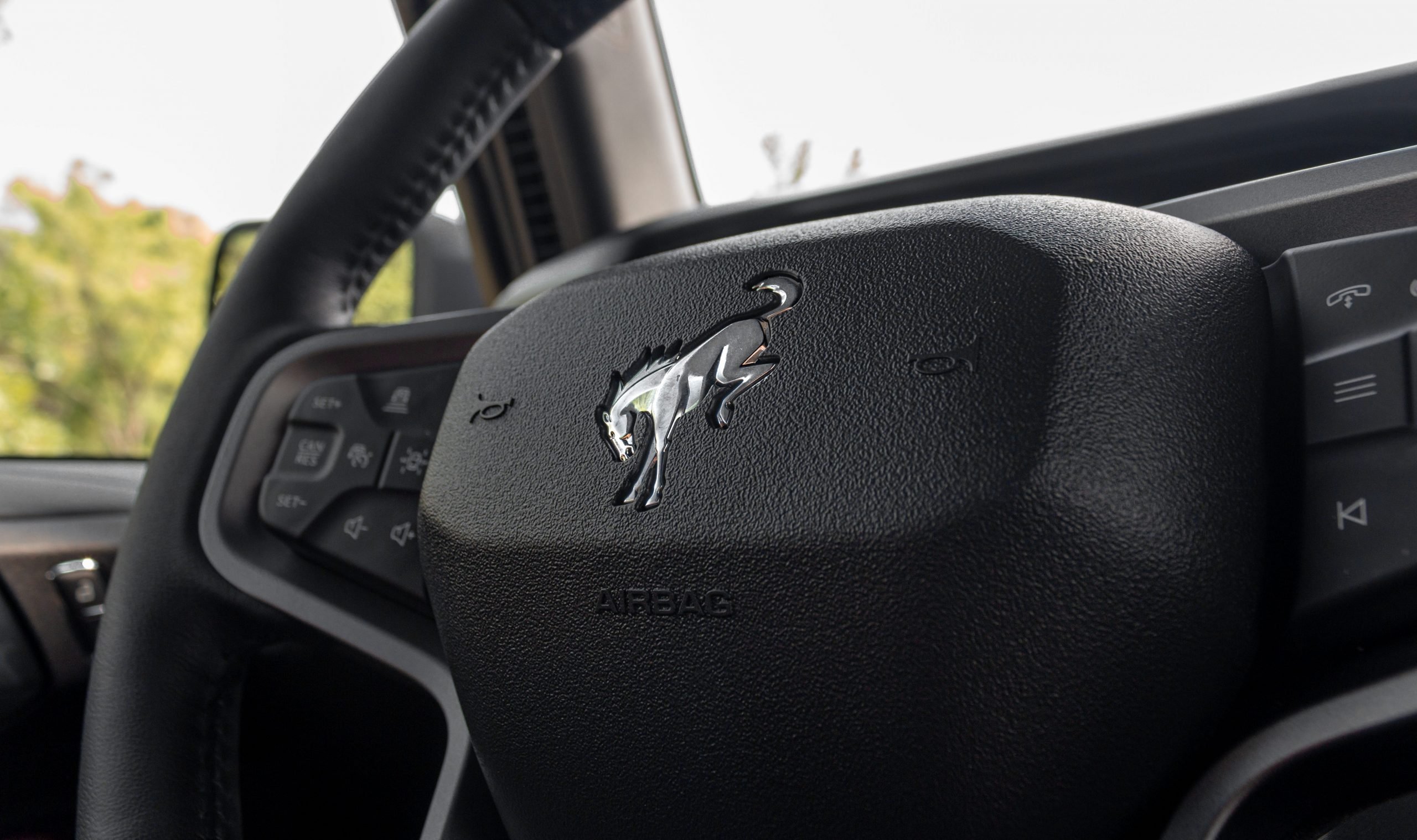
Alanis King

Alanis King

Alanis King
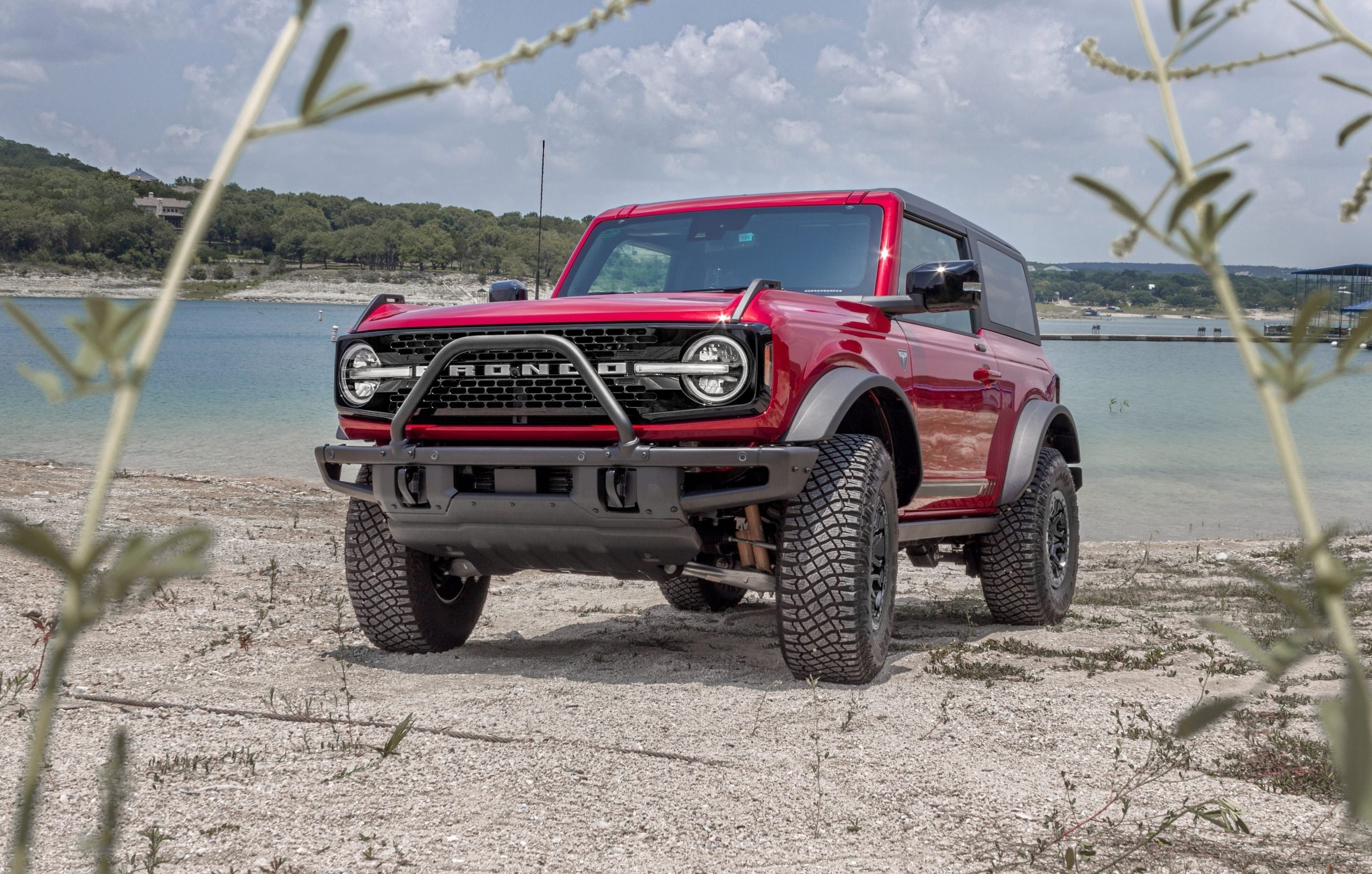
Alanis King
